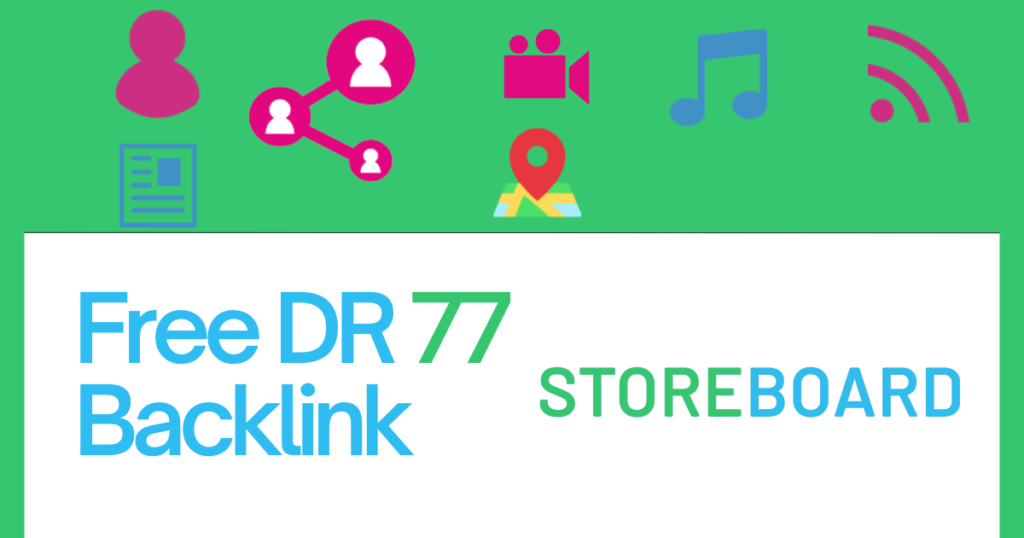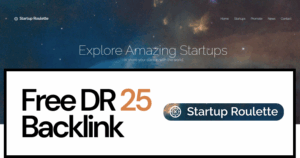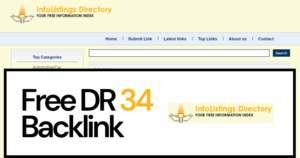Getting visibility online is tough, but high-quality backlinks can significantly boost your Domain Rating (DR) and help you rank at the top of search engine results pages (SERP). You might know this already, but where do you start? That’s where we come in. We’ve found some websites that offer free backlinks. Some of these sites let you add multiple links, while others offer just one. Some provide no-follow links, and others provide do-follow links. Remember, a healthy balance of no-follow and do-follow links is essential. Today, we’re focusing on Storeboard—a fantastic platform to help you get those valuable backlinks and enhance your online presence.
What is Storeboard?
Storeboard isn’t just another business directory. Think of it as a marketplace where businesses can connect with customers, showcase their offerings, and even sell products directly. It’s like having a storefront in the busiest part of town, but online. And the best part? It has a Domain Rating (DR) of 77 and allows you to add multiple do-follow links.
Steps to get High-Quality Backlinks from Stroeboard
Step 1: Sign Up for Storeboard
First things first, head over to Storeboard’s website and click on “Sign Up.” Fill in your details and create your account.


Step 2: Set Up Your Profile
Select your profile type and proceed.
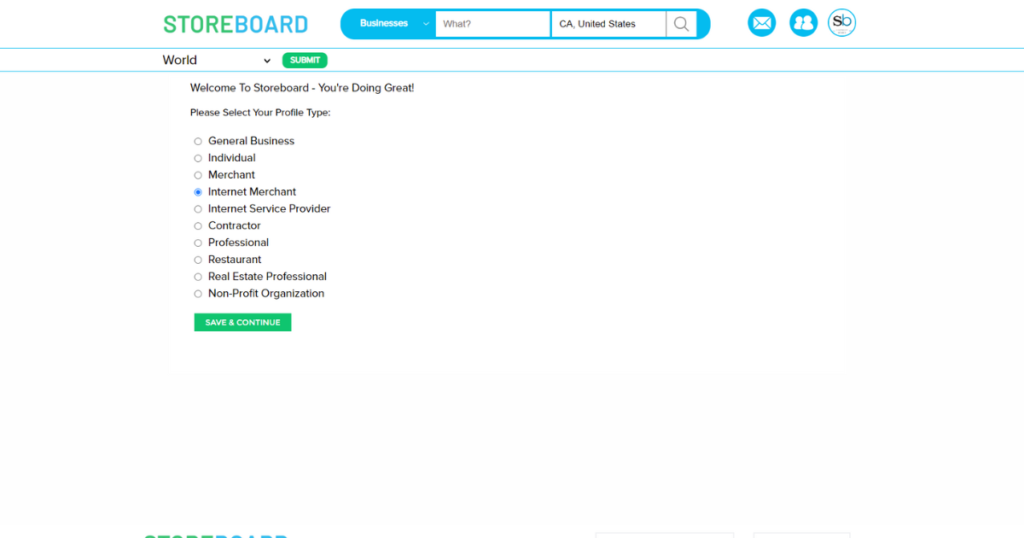
Step 3: Complete Your Profile
Enter your details and click submit. Scroll to the “Web Pages” section and click on “Add A Web Page Now!” Add all your important links, whether it’s your main website, social media profiles, or other significant pages.
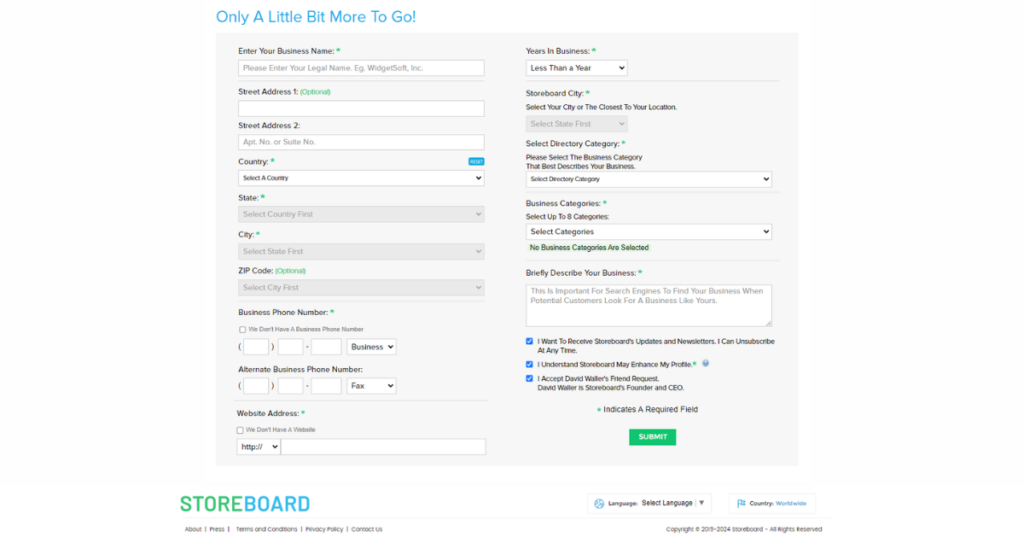
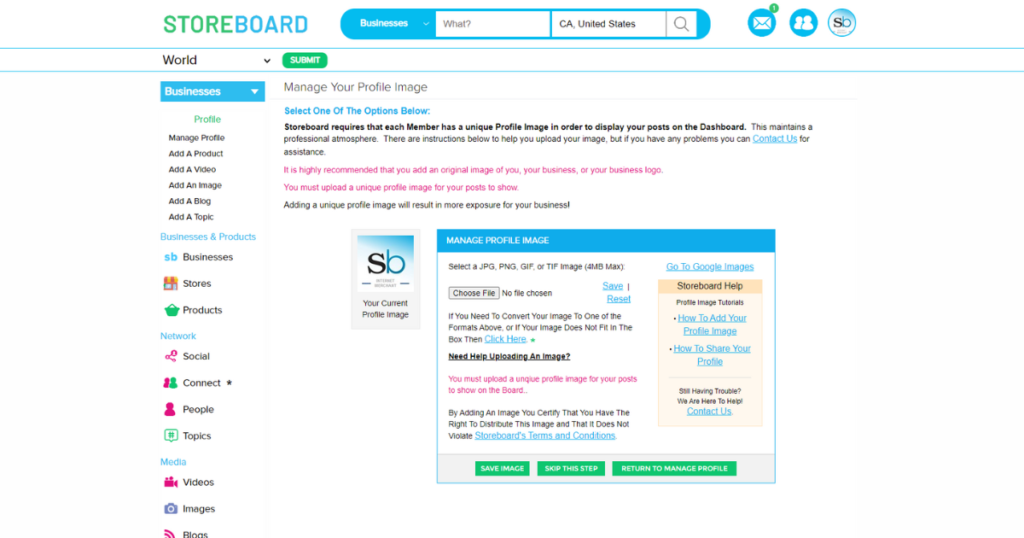
Step 4: Enhance Your Profile
Don’t stop at just links. Add images, videos, products, and blogs to make your profile as engaging as possible. Think of it as decorating your storefront to attract more foot traffic.

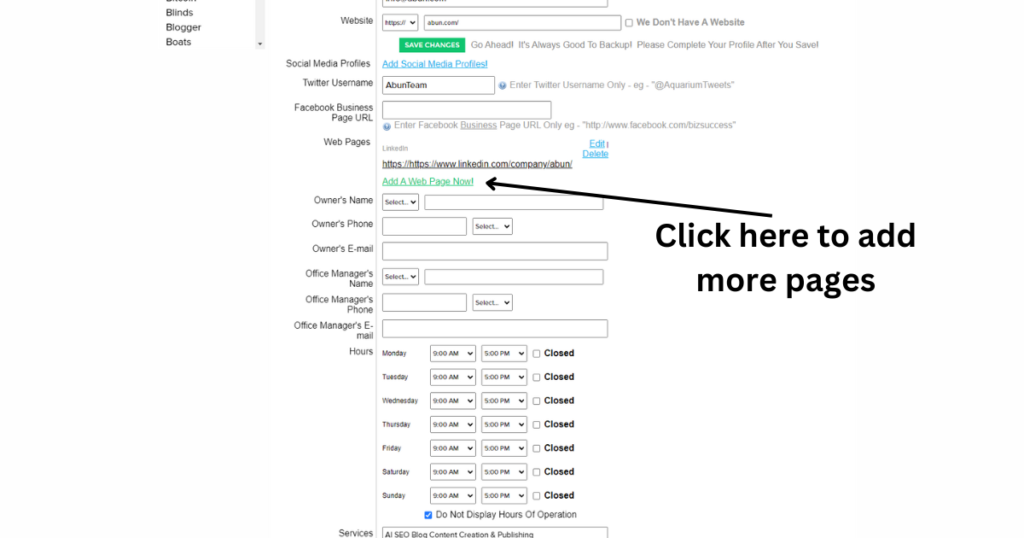
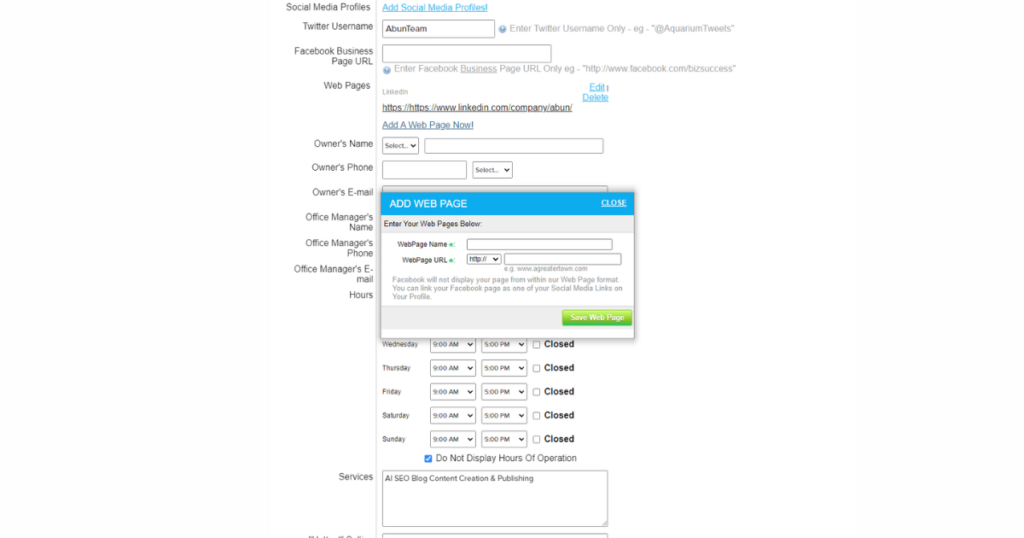
Step 5: Share Your Profile
Now that your profile is set up, it’s time to share it with the world. Click on “View Profile,” find the share icon, and copy the link. Spread this link far and wide—share it on your social media, include it in your email signature, and tell your customers about it.


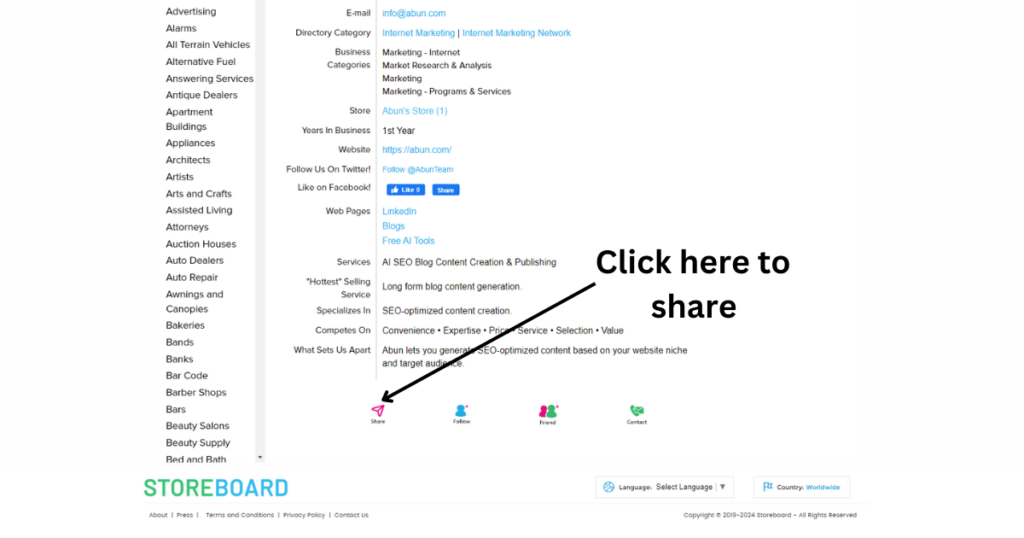
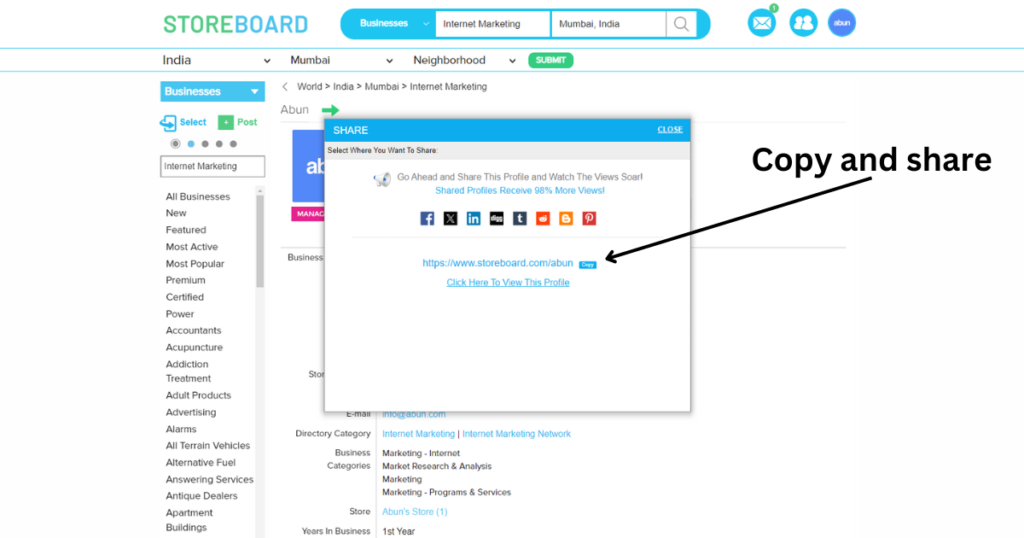
The Result: More Traffic, Better SEO
Following these steps, you’ll create multiple do-follow links that drive traffic to your site. More traffic means higher domain authority and better search engine rankings. It’s a win-win!
Backlink Tiers and Why They Matter
Backlink tiers are a strategic approach to link building that involves creating layers of backlinks to amplify the SEO impact of your primary backlinks. Here’s how it works:
Tier 1 Backlinks
These are your highest-quality backlinks, directly pointing to your main website. They should come from authoritative and relevant sources. Storeboard is an excellent example for creating Tier 1 backlinks due to its DR of 77. These backlinks have the most significant impact on your search engine rankings.
Sources for Tier 1 Backlinks:
High-authority websites: Guest posts, features, and collaborations.
Industry-relevant blogs: Posts from well-known blogs in your niche.
News websites: Coverage or mentions in reputable news outlets.
Authoritative directories: Listings in well-established directories.
Social platforms: Profiles on LinkedIn, Twitter, or Facebook with links to your main site.
Tier 2 Backlinks
Tier 2 backlinks point to your Tier 1 backlinks. These help strengthen the power of your Tier 1 links by driving additional traffic and link juice to them. Sources for Tier 2 backlinks can be slightly less authoritative than Tier 1 but should still be relevant and of decent quality.
Sources for Tier 2 Backlinks:
Web 2.0 sites: Content platforms like Medium, WordPress.com, and Blogger.
Niche forums: Active participation in forums relevant to your industry.
Guest posts: On smaller, yet still authoritative, industry blogs.
Social bookmarking sites: Sites like Reddit, Digg, or StumbleUpon.
Content syndication: Republishing your content on platforms like LinkedIn Pulse or Medium.
Tier 3 Backlinks
Tier 3 backlinks point to your Tier 2 backlinks. These are generally from lower authority sites and are used to support your Tier 2 links. While they are the furthest removed from your main site, they help create a robust link structure that amplifies the overall SEO effect.
Sources for Tier 3 Backlinks:
Blog comments: Commenting on relevant blogs with links to your Tier 2 content.
Directory submissions: Submitting your Tier 2 content to web directories.
Forum profiles and signatures: Adding links in your forum profiles and signatures.
Article directories: Submitting articles to directories like EzineArticles.
Lower-quality blogs: Guest posts or mentions on smaller blogs.
Building backlinks can seem daunting, but by following this guide, you’ll be well on your way to boosting your online presence and reaping the rewards of improved SEO. You can check out our blogs for more such links or follow us on X (Twitter) to stay updated on new backlinks. If you are struggling to bring in organic traffic to your website, you can try Abun. It is a smart AI tool that lets you generate SEO-optimized content.

